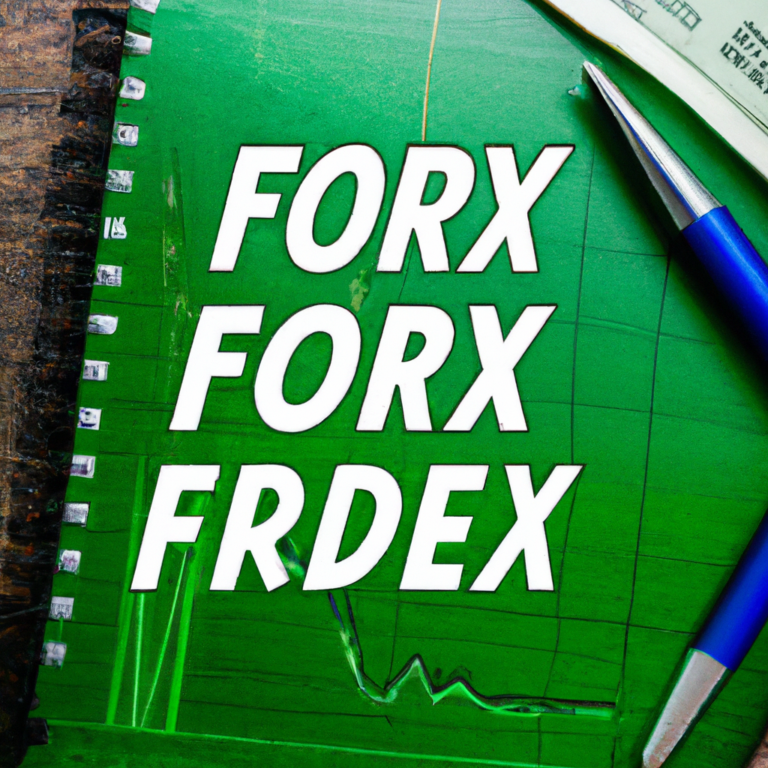# Beginner’s Guide to Forex Trading
The foreign exchange market (Forex, FX, or currency market) is the largest and most liquid financial market in the world, where all the currencies of the world are traded. Forex trading involves buying and selling currencies in pairs, predicting one currency will rise or fall against another. This comprehensive beginner’s guide will provide you with the basics of Forex trading, helping you to start your journey in the world of currency trading.
##
Understanding the Forex Market
The Forex market is vast, with a daily volume exceeding $6 trillion. It operates 24 hours a day, five days a week, and involves a global network of banks, corporations, governments, and individual traders. The market’s size and accessibility make it attractive for traders, but it’s essential to understand its workings before diving in.
##
How Forex Trading Works
Forex trading is all about speculating on the future value of one currency against another. Currencies are traded in pairs, for example, GBP/USD (the British pound against the US dollar) or EUR/USD (the euro against the US dollar).
###
Major Currency Pairs
– **EUR/USD:** Euro and US dollar
– **GBP/USD:** British pound and US dollar
– **USD/JPY:** US dollar and Japanese yen
– **USD/CHF:** US dollar and Swiss franc
###
Minor and Exotic Pairs
– Minor pairs include currencies from smaller economies traded against the US dollar, excluding the euro, British pound, and Japanese yen.
– Exotic pairs include one major currency paired with the currency of an emerging economy, such as the USD/TRY (US dollar and Turkish lira).
##
Getting Started with Forex Trading
Before you start trading, there are several key steps and considerations to keep in mind.
###
Choose a Reliable Forex Broker
Selecting a reputable broker is crucial. Look for one that is well-regulated, offers competitive spreads, a user-friendly platform, and an educational support system for beginners.
###
Open a Trading Account
Once you’ve chosen a broker, you’ll need to open a trading account. Many brokers offer different types of accounts, so choose one that matches your trading style and financial capability.
###
Practice with a Demo Account
It’s highly recommended to start trading with a demo account. This allows you to get familiar with the trading platform and practice trading strategies without risking real money.
###
Learn Fundamental and Technical Analysis
Understanding how to analyze the Forex market is essential for success. Fundamental analysis involves studying economic indicators and news events, while technical analysis focuses on reading charts and using technical indicators.
##
Developing a Trading Strategy
A solid trading strategy is crucial for Forex success. Your strategy should fit your risk tolerance, trading style, and financial goals. Remember, there is no “one-size-fits-all” approach in Forex trading.
###
Risk Management
Effective risk management is key to long-term success in Forex trading. Always know how much you’re willing to risk on a trade and set stop-loss orders to limit potential losses.
###
Keeping a Trading Journal
Maintaining a journal of your trading activity can help you analyze what works and what doesn’t, allowing you to refine your strategy over time.
##
Final Thoughts
Forex trading can be a rewarding endeavor, but it comes with its set of challenges. Education, patience, and discipline are crucial. Start slow, learn continuously, and never risk more than you can afford to lose. As you become more experienced, you’ll develop a better understanding of the Forex market and find success in your trading endeavors.










